Jordan Valley Memorial Monument
Yigael Tumarkin
1972
Image
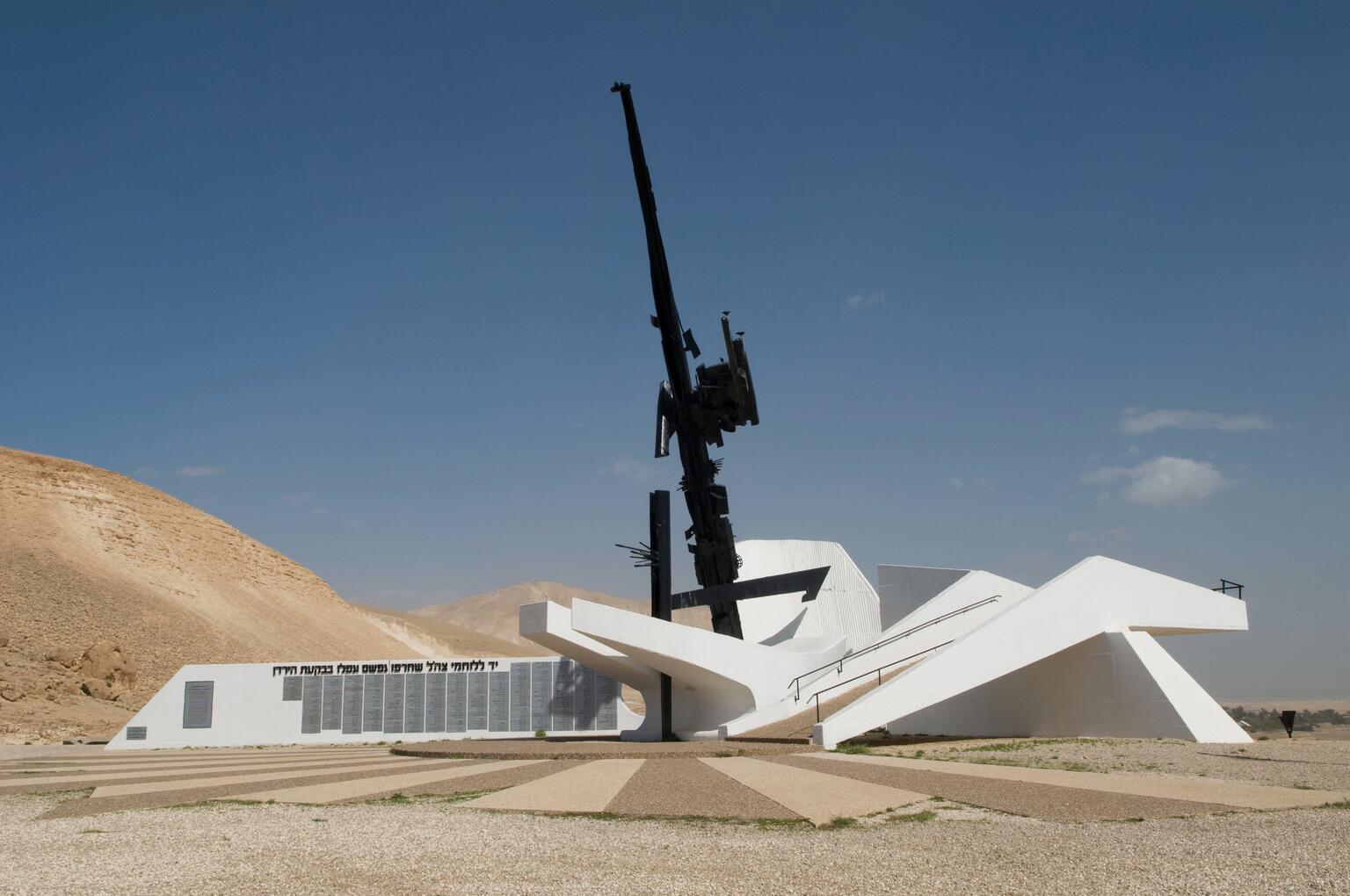
Engage with this Source
Related Guide
Visual and Material Culture in the Mid-Twentieth Century
1939–1973
Jewish visual art flourished and diversified in the postwar period, reflecting the social and political transformations taking place in the world.
Creator Bio
Yigael Tumarkin
1933–2021
Israeli artist Yigael Tumarkin was born in Dresden and immigrated to Palestine with his family as an infant. In the early 1950s, he returned to Germany, where he designed sets for Bertolt Brecht and the Berliner Ensemble as well as other theater companies. Tumarkin also created sculptures in iron and bronze, often incorporating parts of weapons and castings of human limbs. Sometimes called the enfant terrible of the Israeli art world, Tumarkin was known for both his provocative art and outspoken public persona. In 2004, he was awarded the Israel Prize for sculpture.
You may also like
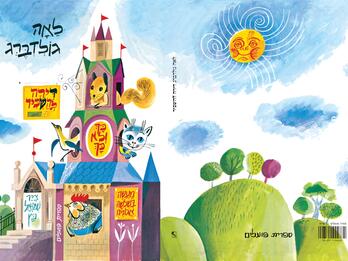
Leah Goldberg, Dira le-Haskir, cover
Dira le-haskir (Apartment for Rent), by the Hebrew-language poet and writer Leah Goldberg, became a bestselling children’s book in Israel soon after its publication in 1959. It tells the story of an…
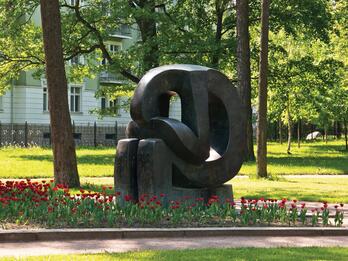
The Formula of Grief
Vadim Sidur was sometimes called “the Soviet Henry Moore” because of the similarities between his aesthetic and those of the British artist. In Sidur’s native Soviet Union, however, his work was…
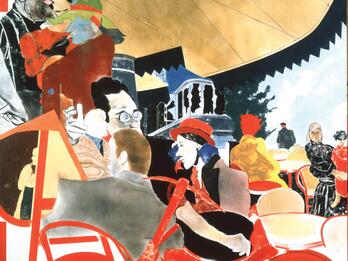
The Autumn of Central Paris (After Walter Benjamin)
R. B. Kitaj considered himself a figurative artist at a time when abstract art was the dominant trend. His paintings, with their brightly colored and sometimes overlapping figures, produce a collage…
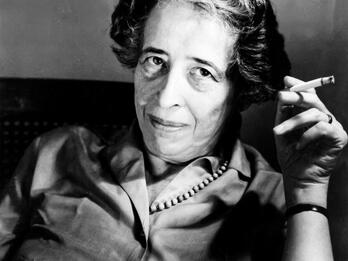
Portrait of Hannah Arendt
Alfred Bernheim’s intimate portrait of Hannah Arendt portrays her as casual and self-confident, lounging on a couch and smoking a cigarette. Arendt was one of the most famous intellectuals of the…
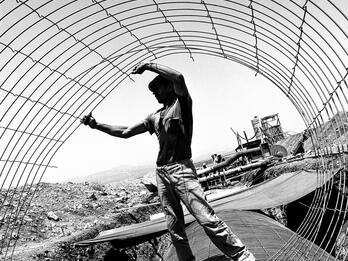
Laying the Pipes of the National Water Carrier from the Sea of Galilee to the Negev
This photograph by Moshe Gross is very much in the tradition of Zionist and Israeli iconography, which favored images stressing the heroic aspects of Zionism and the “new Jews” who were building…
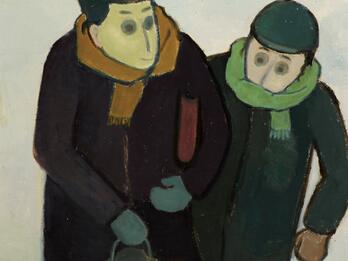
Leaving Cheder
Adam Muszka likely painted this scene from memory. As a child, he had attended cheder, a traditional Jewish elementary school, in his native Piotrków Trybunalski, a Polish town of about 51,000…

